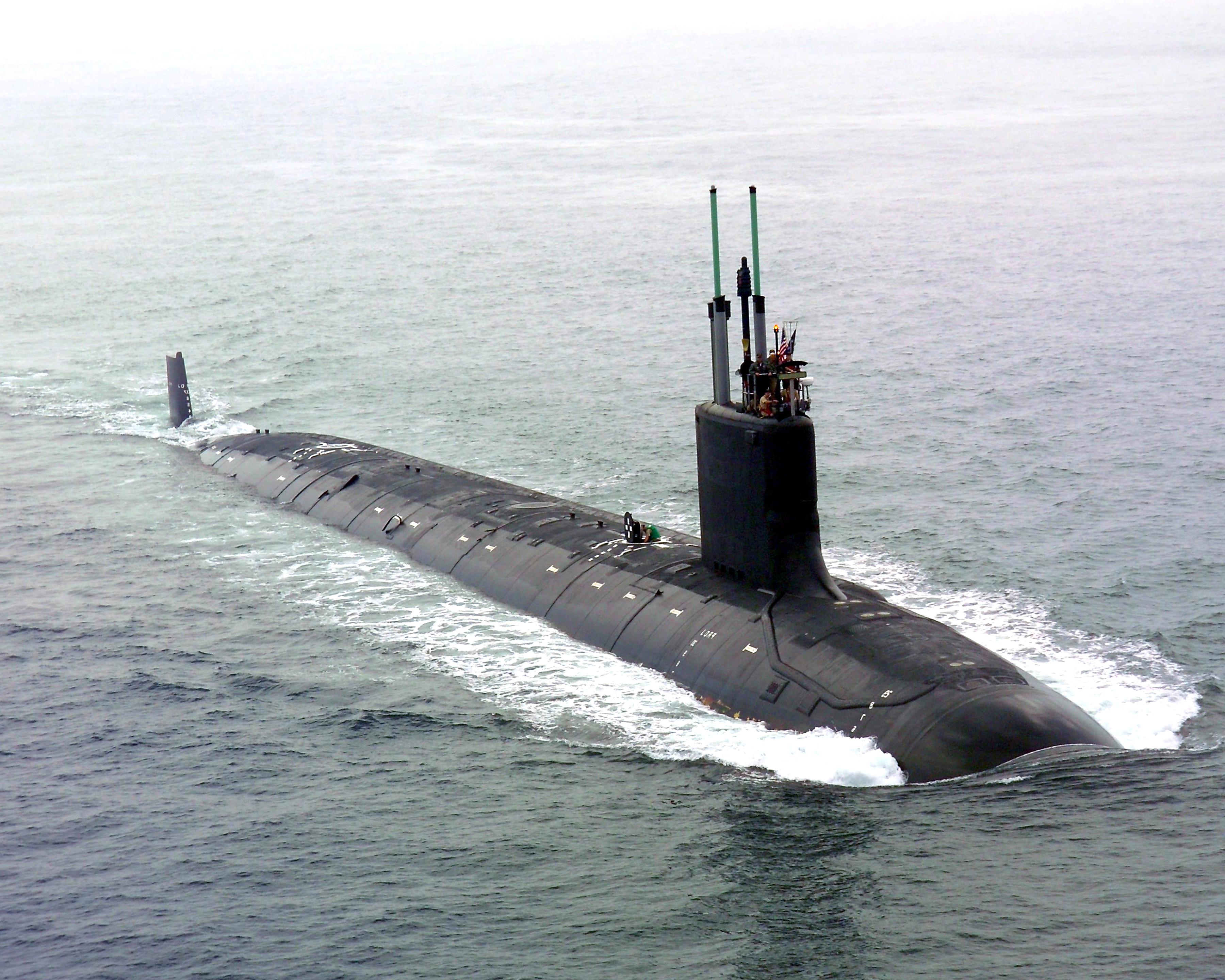

“It is and was difficult to build,” Omersa said of the vessel, which has a hull of quarter-inch rolled steel plate, twin electrical engines, a Plexiglas dome and hatch and a viewing port.

Omersa said it took several years, several thousand dollars and several sleepless nights before his K-250 was ready. Kittridge’s K-250 model is a dry submarine capable of taking one person 250 feet beneath the surface. In 1977, he got the plans for a miniature sub designed by George Kittridge, a former naval captain and submarine commander from Maine who is regarded as the father of home-built civilian submarines. Once, he got the sub stuck briefly at the bottom of a mucky lake.īut that didn’t deter him from taking the next step, building a completely sealed submarine in which Omersa could cruise around underwater in a “shirt-sleeve environment.” “Totally unlike scuba diving,” Omersa said of being in that sub. The semi-dry submarine, called URV-1, was partially filled with water when it was below the surface, but Omersa’s head was in a bubble of air contained by a clear Plexiglas canopy.

The hull of Omersa’s 15-foot vessel was made from a wing fuel tank from a T-33 Shooting Star jet trainer that Omersa found in a junkyard. In 1971, Omersa saw a Popular Mechanics magazine story about personal mini submarines. As a boy, he dreamed of someday building and diving in his own sub. The 66-year-old Eveleth, Minn., man said he has been fascinated with submarines and World War II submarine warfare since he was in grade school. That was back when Louis Omersa owned it. In fact, the sub hadn’t been in the water for about 20 years. The seller was the 25-year-old submarine’s second owner.


 0 kommentar(er)
0 kommentar(er)
